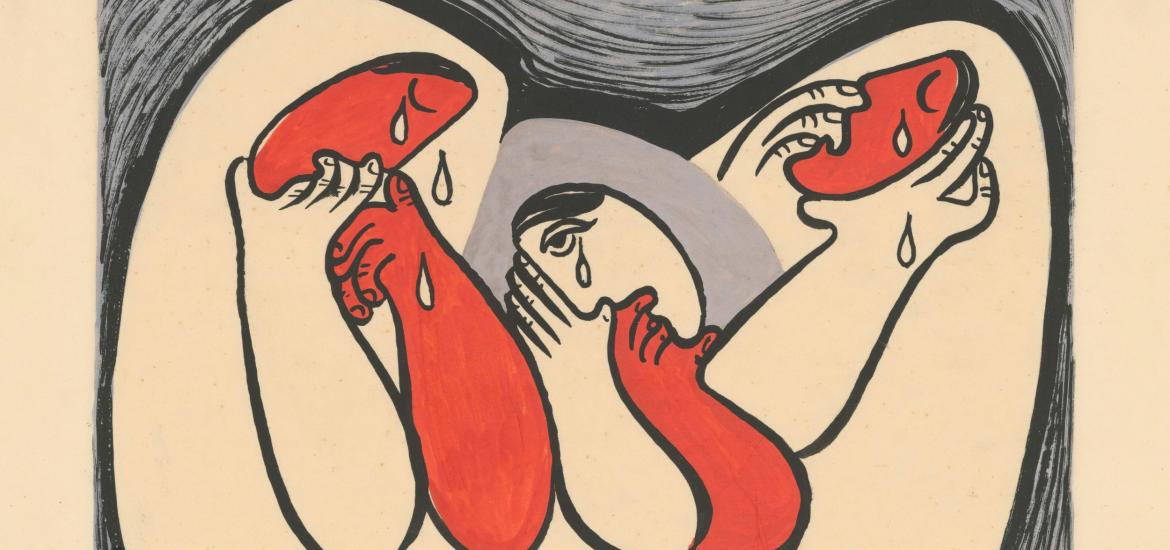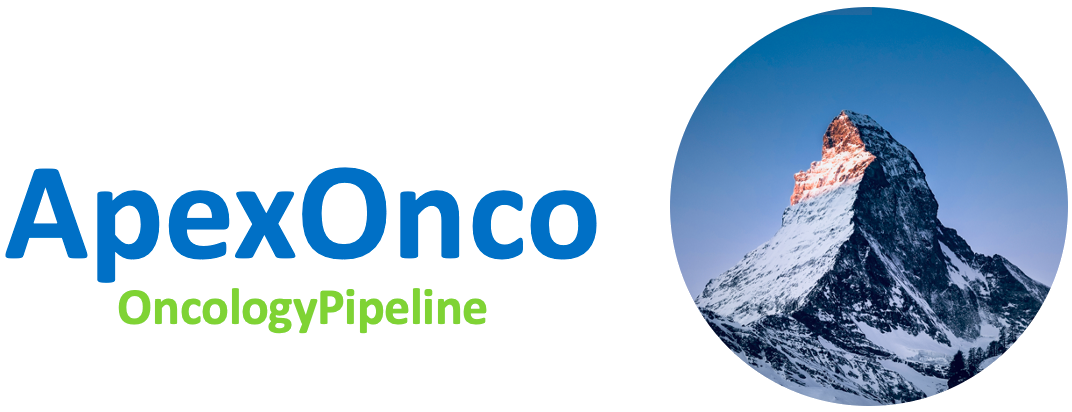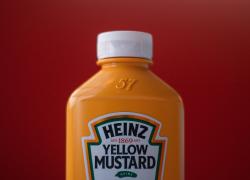
Unharmonious ivonescimab reveal for Summit
The same trial that sent Summit up 272% sees the stock crash 36%.
The same trial that sent Summit up 272% sees the stock crash 36%.

It's a measure of the extent to which Summit Therapeutics lives or dies by ivonescimab that the mere disclosure by its Chinese partner Akeso of interim overall survival from ivonescimab's Harmoni-2 trial caused Summit's stock to plunge 36% on Friday. That's equivalent to $15bn of market cap – and the data actually don't look terrible.
A sign of the volatility is that when Harmoni-2 PFS data were first released a year ago they sent Summit up 272%. At heart the issue for investors is twofold: whether those PFS data from Harmoni-2, a first-line NSCLC trial comparing ivonescimab against Keytruda, will translate into an OS benefit, and whether results from a Chinese trial like Harmoni-2 can ever be replicated in the west.
The second question should be answered soon, from the separate Harmoni study, which is run by Summit and tests ivonescimab plus chemo in second-line EGFR-mutant NSCLC. Data from this are expected in mid-2025, and will allow direct comparison against Akeso's analogous Chinese study, Harmoni-A, which has already delivered a PFS win and given ivonescimab its first Chinese approval.
"Not stat sig"
The reason Harmoni-2 is big news again is that it has served to back ivonescimab's second Chinese approval, revealed by Akeso on Friday.
Analysts weren't expecting OS data from Harmoni-2 until late 2025/early 2026, but the numbers were unexpectedly dribbled out on Friday as a result of China's regulator asking for an unscheduled analysis as part of its review process. This prompted the revelation that this early data cut was not statistically significant, and Summit's shares went into freefall.
It's possible that the selloff was inevitable given a share price that had reached unsustainable levels, at which any hint of less than stellar data would be taken as a signal to sell. On the other hand, perhaps some investors failed to grasp the reality of what the interim OS look was actually testing, and what the data were indicating.
It was only after market that Summit issued a clarifying statement, revealing some key details: the interim analysis hadn't been prespecified, occurred at just 39% data maturity, and yielded a seemingly promising hazard ratio of 0.777. What's more, the statistical significance boundary that the data failed to clear was an extremely demanding p value of 0.0001.
All is well?
Evercore analysts issued notes calling for calm, the first one claiming that the reaction to the OS data seemed to be overdone, and the second accusing the market of misinterpreting or underappreciating the strength of the Harmoni-2 update.
The clear implication from Evercore was that the data, while technically not "yet" statistically significant, had a much better chance to hit significance at later analyses, at 58% and 70% maturity, which the analysts "understand" to have "much more realistic" p value boundaries. Evercore also said a statistically significant 0.80 hazard ratio was a minimum that investors want to see.
There are many unknowns from Friday's unexpected disclosure. For instance, nothing has been revealed about the Harmoni-2 OS confidence intervals, level of censoring or what the actual p value was at this stage. It's anyone's guess by how much the p value failed to clear 0.0001, and whether it's now just a case of showing a similar result in more patients.
That said, a hazard ratio indicating, on the face of it, a 22% reduction in risk of death versus Keytruda isn't an outright failure. The data might not get any better, but it's probably too early to write ivonescimab off yet.
Harmoni-2 data summary
| Metric | Median for ivonescimab | Median for Keytruda | Stats | Note |
|---|---|---|---|---|
| PFS (primary endpoint) | 11.14mth | 5.82mth | HR=0.51, p<0.0001 | Scheduled interim analysis at 70% data maturity |
| OS (secondary endpoint) | ? | ? | HR=0.78, not stat sig at p=0.0001 boundary | Unscheduled interim analysis at 39% data maturity |
Source: IASLC World Lung 2024 & Summit statement.
1578













